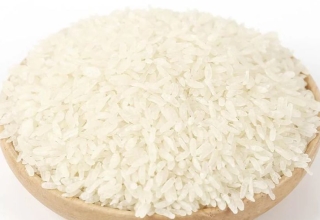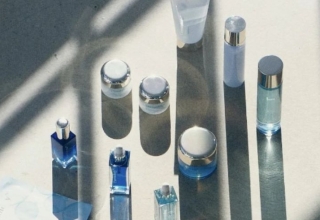
Singapore women often need to pay so much more just to be … women. Have unwanted hair? Try Gillette’s Venus range. It’s S$15.85 versus S$14.05 for their men’s razors. Have menstrual cramps? Go, find Panadol Menstrual. It’s S$9.60 versus their normal painkillers at S$7.60.
Let’s not discuss the cost of dry cleaning. The humongous cost difference between cleaning dresses versus men’s suits can come up to 30% more. The old “men” joke says all our problems begin with them. But while the jokes are about men, it’s the women that often pay more.
What Is Pink Tax?
It refers to premiums that women pay on certain products that are designed and marketed towards them. It’s nothing but gender price discrimination as men often need to pay much less for a similar product or service.
The difference is prominently visible in personal care basics like razors, menstrual products, painkillers, deodorant, shampoo and even moisturiser. This gender-based pricing phenomenon affects a number of different aspects of a woman’s personal life.
Singapore’s Other Pink Tax
While the country doesn’t impose taxes on sanitary pads or tampons, women are often required to pay more for certain essentials, including personal care products and healthcare. Outrage among women gripped Singapore when CareShield Life was introduced.
This disability insurance scheme looks after one’s long-term care needs. Men and women pay different premiums which rise by 2% annually till you turn 67. The reason for the discrepancy is women – since are known to outlive men by about 4.5 years – need to “pay it forward”.
Keep Reading
Caregiving – An Invisible Tax Often Women Incur
Societal and cultural expectations make women carry an invisible burden of caregiving. In Singapore, pay disparity often starts when women enter their 30s, when they typically start to bear kids, according to MOM’s Labour Force Survey.
Although 88% of women work full-time, domestic duties primarily fall on half of them, a report by Deloitte showed. Moreover, there is also a societal expectation that it is the women who should take an employment break when young children or ailing parents need care.
Ways To Reduce The Burden Of Pink Tax
While there is no real solution to such invisible taxes, there is a real question women should ask themselves often. Do we really need these extras? – a question in relation to the pretty packaging and other attractive features of products marketed towards them.
Once there is less demand, there will be fewer companies trying to prey on women. Some other ways include purchasing gender-neutral products, making comparisons by reading the fine print, and supporting brands that follow fair pricing and take a stand against the pink tax.


























